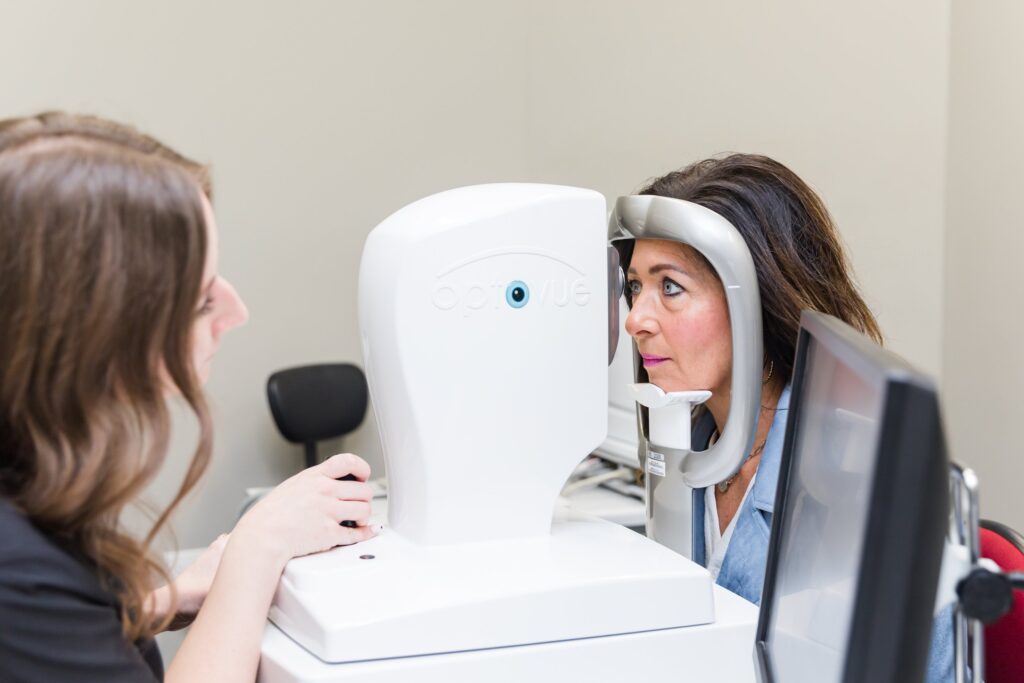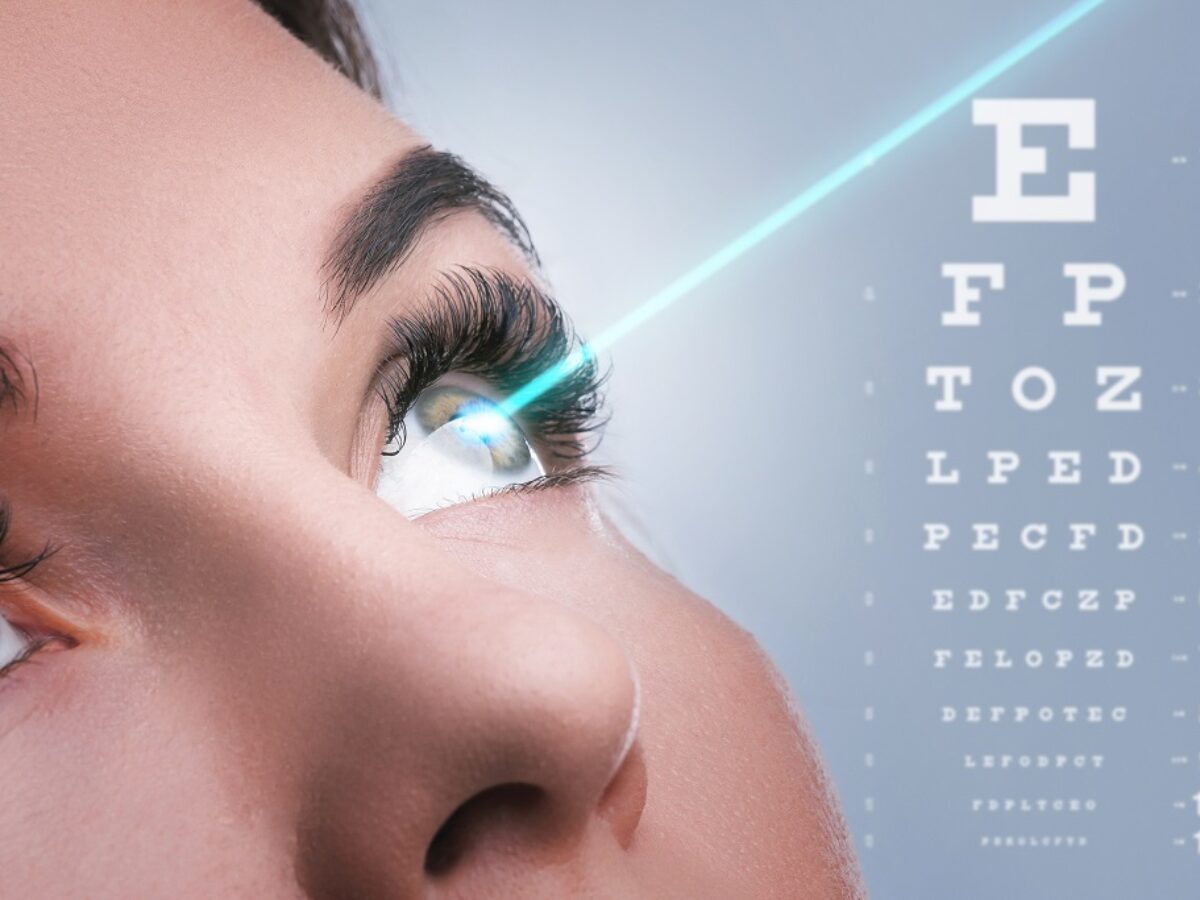LASIK eye surgery has transformed the way individuals perceive and pursue vision correction. For millions of people suffering from refractive errors such as myopia, hyperopia, or astigmatism, this procedure offers a promising alternative to glasses and contact lenses. As advancements in technology continue to evolve, LASIK remains one of the most sought-after surgical interventions for enhancing clarity of vision. This article delves into various aspects of LASIK eye surgery, examining its science, procedure, benefits, risks, and factors for consideration when deciding whether to undergo the treatment.
Understanding LASIK Eye Surgery
Understanding the fundamentals of LASIK eye surgery is crucial for anyone contemplating this procedure. The term “LASIK” stands for Laser-Assisted In Situ Keratomileusis, a technique that uses laser technology to reshape the cornea, allowing light rays to focus more accurately on the retina. This method greatly reduces or eliminates the need for corrective lenses and glaucoma treatment.
The Science Behind LASIK
The science of LASIK hinges on the refraction of light. Each person’s cornea has a unique shape and curvature, and when it is improperly formed, light may not focus correctly, leading to blurry vision. LASIK surgery employs advanced excimer lasers to precisely remove microscopic amounts of corneal tissue, thereby altering its shape. This process enables the cornea to refract light more effectively, which can significantly enhance visual acuity.
Additionally, LASIK is performed under a thin flap of corneal tissue that is created using either a microkeratome or a femtosecond laser. Once the flap is lifted, the laser treats the underlying corneal tissue, after which the flap is repositioned, usually adhering seamlessly. This flap-based approach allows for quick recovery times and minimal discomfort for patients. The precision of the laser technology also minimizes the risk of complications, making LASIK a popular choice among those seeking vision correction. Post-operative care typically involves follow-up appointments to monitor healing and ensure optimal results, which can include the use of prescribed eye drops to alleviate dryness and promote recovery.
Who is a Suitable Candidate for LASIK?
Not everyone is an ideal candidate for LASIK surgery. Generally, candidates should be over the age of 18, have stable vision for at least a year, and possess a refractive error that falls within the treatable range. Certain medical conditions, such as autoimmune diseases, uncontrolled diabetes, or severe dry eye syndrome, may disqualify individuals from undergoing the procedure.
Moreover, during a comprehensive eye examination, eye doctors assess corneal thickness, shape, and overall eye health to determine if LASIK is a viable option. It’s essential for applicants to discuss their complete medical history and any medications they take to ensure the best possible evaluation. In addition to these factors, lifestyle considerations also play a role in candidacy. For instance, those who engage in contact sports or have jobs that expose them to dust and debris may need to weigh the benefits and risks of LASIK against their specific circumstances. Furthermore, individuals with high levels of myopia or hyperopia may be referred for alternative procedures, such as PRK or implantable lenses, which can better address their unique visual needs. To read more about acquiring medical history of a patient click here.

The LASIK Procedure: Step by Step
The LASIK procedure is typically performed on an outpatient basis and takes less than 30 minutes per eye. Understanding the step-by-step process can help alleviate any fears or anxieties about the surgery.
Pre-Surgery Preparations
Preparation for LASIK involves several key steps. One of the first tasks is to schedule a thorough consultation with an ophthalmologist, which includes eye tests to evaluate vision and assess overall eye health. It’s advisable to refrain from wearing contact lenses for a predetermined period leading up to this examination, as they may affect corneal shape.
Additionally, candidates are often instructed to avoid certain medications and alcohol during this period. On the day of the surgery, it is recommended to arrange for transportation, as patients may experience temporary visual impairment and discomfort. It’s also beneficial to have a support system in place, as having someone accompany you can provide reassurance and assistance during the post-operative phase. Many patients find comfort in discussing their experiences with others who have undergone the procedure, which can help demystify the process and provide additional insights.
What Happens During the Surgery?
On the day of surgery, patients will be guided to a comfortable surgical suite. After settling in, the surgeon will apply anesthetic eye drops to ensure that the procedure is painless. An instrument may be used to keep the eyelids open, and the surgeon will create a small flap in the cornea with a laser or microkeratome.
Afterward, the laser is used to reshape the cornea according to the predetermined specifications based on the patient’s prescription. The procedure is quick, usually lasting about 15 minutes per eye. Once the laser treatment is complete, the corneal flap is carefully repositioned, and the procedure is finished. Throughout the process, patients may hear a series of beeping sounds or feel slight pressure, but these sensations are typically brief and manageable. Surgeons often communicate with patients during the procedure, providing reassurance and guidance to help them remain calm.
Post-Surgery Care and Recovery
Recovery following LASIK surgery is generally fast, with many patients experiencing improved vision within 24 hours. However, some may experience mild discomfort, tearing, or visual fluctuations during the initial recovery period. It is essential to follow post-operative care instructions diligently, which often include using prescribed eye drops and avoiding vigorous activities for a few weeks. Patients should also be mindful of their environment, as exposure to dust, smoke, or chlorinated water can irritate the eyes during the healing process.
Patients are typically scheduled for follow-up visits to monitor healing and ensure proper recovery. During these visits, the eye doctor will evaluate how well the eyes are responding to the surgery and make recommendations for ongoing care. It’s important to note that while many patients achieve 20/25 vision or better, individual results may vary based on factors such as age, prescription strength, and overall eye health. Engaging in open dialogue with the healthcare provider about any concerns or unusual symptoms can further enhance the recovery experience and ensure that patients feel supported throughout their journey to clearer vision. Learn about how recovery is defined and its procedures at https://medicine.yale.edu/psychiatry/care/cmhc/recovery/
Benefits of LASIK Eye Surgery
The advantages of LASIK eye surgery extend beyond just improved vision. Many patients find that the procedure positively impacts various aspects of their daily lives.
Immediate Improvement in Vision
One of the most appealing benefits of LASIK is the immediate improvement in vision. Many patients report seeing clearly shortly after the procedure or even the next day. This rapid result significantly enhances daily activities, whether it’s reading, driving, or engaging in sports.
Furthermore, the freedom from glasses or contact lenses allows individuals to experience life without the constant hassle of corrective eyewear, leading to increased convenience and comfort. Activities such as swimming or hiking become more enjoyable without the worry of losing or damaging glasses, and many find that their overall quality of life improves as they embrace a more active lifestyle.
Long-Term Advantages of LASIK
Beyond the immediate effects, LASIK eye surgery offers long-term advantages. Many patients appreciate a stable vision without needing ongoing prescription changes or corrective lenses. This not only saves money on glasses and contacts over time, but it also reduces the stress of maintaining good vision.
Moreover, LASIK has demonstrated excellent outcomes, with many studies showing a high level of patient satisfaction post-surgery. For some, the procedure leads to improved self-esteem and confidence, as individuals enjoy clearer vision without the need for corrective devices. The ability to wake up in the morning and see the world clearly without fumbling for glasses can be life-changing, allowing for a more spontaneous lifestyle. Additionally, many patients report a newfound enthusiasm for hobbies and activities that were previously hindered by their vision problems, such as photography or reading fine print, further enriching their day-to-day experiences.
Potential Risks and Complications of LASIK
While LASIK eye surgery is generally safe, it is vital to consider the potential risks and complications associated with any surgical procedure.
Common Side Effects
Common side effects following LASIK surgery may include dry eyes, glare, halos, or difficulty seeing in low light. These effects are usually temporary and may resolve within a few weeks to months as the eyes heal. However, for some patients, dry eyes can persist and may require additional treatment or artificial tears.
It’s essential for patients to discuss potential side effects during the consultation to set appropriate expectations regarding recovery and vision stabilization. Moreover, patients should be aware that their lifestyle and environmental factors can influence the severity of these side effects. For instance, prolonged screen time, exposure to wind or dry air, and certain medications can exacerbate dry eye symptoms. Thus, implementing preventative measures, such as using humidifiers or taking regular breaks from screens, can be beneficial in managing these common post-operative effects.

Serious Complications and How to Avoid Them
Though rare, serious complications such as corneal infections, irregular healing, or long-term vision issues can occur. To minimize the risk of such complications, it is crucial to choose a qualified, experienced surgeon and adhere to all pre-and post-operative guidelines.
Additionally, staying informed about the procedure and discussing any concerns with the eye doctor can significantly contribute to a successful outcome. Patients should also ensure that they understand their specific eye condition and how LASIK may address their needs. Pre-operative assessments, including corneal mapping and thorough eye examinations, are vital to identify any underlying issues that could complicate the surgery. Following the procedure, regular follow-up appointments are essential to monitor healing and address any emerging concerns promptly. These proactive steps can help ensure that patients achieve the best possible results from their LASIK experience.
Making the Decision: Is LASIK Right for You?
The decision to undergo LASIK eye surgery is a personal one that warrants careful consideration. It is essential for each individual to weigh the benefits against the risks and thoughts about their specific vision and lifestyle.
Factors to Consider Before Undergoing LASIK
Before proceeding with LASIK, individuals should reflect on several factors, including their profession, hobbies, and overall lifestyle. Consideration of these aspects can help determine whether the benefits of LASIK align with one’s daily activities.
Moreover, the financial aspect is another critical consideration. LASIK can be a significant investment, and understanding insurance coverage can impact the decision. Thoroughly reviewing all angles can contribute to a more informed choice.
Consulting with Your Eye Doctor
The final step in making the decision is having an in-depth conversation with an eye care professional. They can provide personalized guidance and clarity on whether LASIK is suitable based on specific needs and conditions. Such consultations often include discussing expected outcomes, recovery times, and any potential complications, allowing patients to make the best possible decision.
In conclusion, LASIK eye surgery stands as a transformative option for many individuals seeking clear vision. By thoroughly understanding the procedure, its benefits, and risks, individuals can make well-informed choices about their eye health and future vision needs.
Related : Understanding Cataract Eye Surgery: How It Restores Clear Vision




